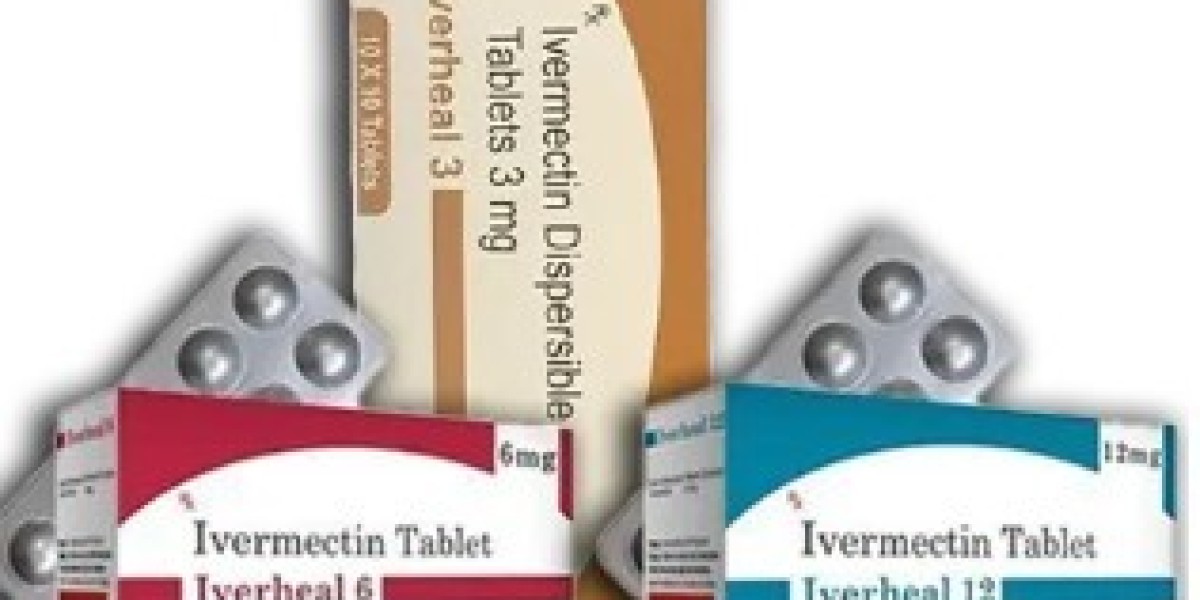The Indian pharmaceutical sector has grown rapidly over the past few decades to become a linchpin in global medicine supply chains. Once dominated by imports and fragmented local production, India now ranks among the top producers globally, especially in generic medicines and low-cost formulations. Explore how this transformation is helping patients worldwide at Indian Pharmaceutical.
India’s Rise in the Pharmaceutical Arena
India today is the third-largest producer of drugs and pharmaceuticals by volume. Its share of global generic drug exports hovers around 20%, making it a critical supplier to both developed and developing nations. The domestic industry is also expanding: forecasts suggest it could reach USD 130 billion by 2030.
These gains rest on India’s capability to manufacture at scale, cost-effective operations, and its cadre of skilled scientists and engineers. Many Indian facilities comply with international quality standards—enabling exports to regulated markets like the U.S. and Europe.
Core Strengths of Indian Pharmaceutical Industry
1. Efficient Generic Manufacturing
India is world-renowned for producing high-quality generics. Once patent protection expires, Indian firms can replicate the molecular formula under strict regulatory controls. This capability allows for affordable alternatives to expensive brand-name drugs.
2. Strong Export Networks
Indian pharmaceutical exports reach over 200 countries. Its generics, APIs, and vaccines support healthcare systems across Asia, Africa, Latin America, and even North America.
3. Cost and Process Advantages
Lower labor, infrastructure, and regulatory costs allow Indian firms to compete globally. Combined with scale and lean operations, this gives them a competitive edge over many Western manufacturers.
4. Diversification & Innovation
While generics remain the mainstay, Indian firms are increasingly moving into biosimilars, specialty drugs, and R&D-driven formulations aiming to reduce dependency on commodity generics.
Challenges That Must Be Addressed
Even with its success, the Indian pharmaceutical sector confronts important hurdles:
Quality and Regulatory Compliance — Some manufacturing units have been shut down due to substandard practices. Ensuring consistent compliance across thousands of facilities remains critical.
Dependence on Imports for Raw Materials — For certain APIs and intermediates, India still imports from abroad. Supply chain disruptions or trade restrictions can pose risks.
Margin Pressure & Intense Competition — Generic drug markets often operate at tight margins, and competition from other emerging markets can squeeze profitability.
Innovation Gap — Transitioning from generics to novel drug development or next-generation therapies requires heavy investment, long timelines, and regulatory risk.
The Role of Indian Pharmaceutical in Global Health
The impact of India’s pharmaceutical prowess is immediate and broad:
In many low- and middle-income countries, Indian generics make treatments for chronic diseases, infections, and vaccine programs financially viable.
Global vaccination campaigns rely heavily on Indian vaccine supplies for routine immunizations.
In times of crisis epidemics or supply shortfalls India often steps in as a reliable medicine donor or exporter.
By supplying essential medicines at scale and lower cost, the Indian Pharmaceutical sector acts as a stabilizer in global health systems.
What’s Next: The Future Outlook
Looking ahead, the Indian pharmaceutical sector aims to shift from being a volume leader to a value leader producing more sophisticated products, investing in biotech, and integrating digital health.
Some trends to watch:
Growth in Biosimilars & Biologics — As patents expire, the demand for biosimilar versions of advanced drugs will rise.
Stronger R&D investment — Indian firms are beginning to allocate budgets into novel molecule development and drug delivery technologies.
Supply Chain Resilience — India is working to reduce dependence on imported APIs by boosting domestic production.
Regulatory Harmonization & Certifications — Gaining more approvals from global bodies will expand market access in regulated territories.
Digital & Direct-to-Consumer Models — E-pharmacies, telemedicine integration, and delivery services will make access easier for patients.
The trajectory of Indian Pharmaceutical has been transformative. From supplying local markets to now influencing global health, India has demonstrated that cost, scale, and quality can co-exist. As the world grapples with rising medicine costs and healthcare inequity, India’s model is an example of how innovation, policy support, and industrial strength can combine to improve patient access.








